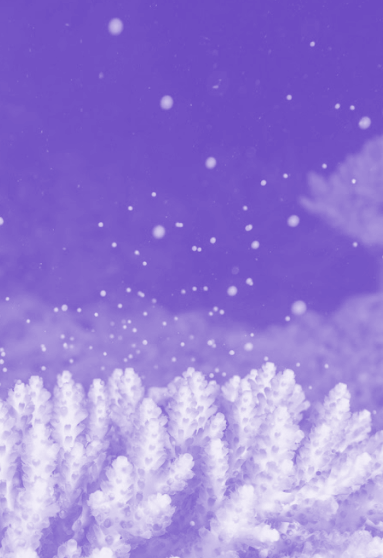Success seen in coral IVF
 A naturally-born generation of coral has been produced by IVF parents.
A naturally-born generation of coral has been produced by IVF parents.
In 2016, a scheme dubbed ‘Coral IVF’ became the first project of its kind to re-establish coral on damaged reefs by collecting millions of coral eggs and sperm during the spawning season, growing them into baby corals and releasing them directly onto degraded areas of the Reef.
The first Coral IVF babies on the Great Barrier Reef have produced the next generation as part of this year’s mass coral spawning event, becoming the first time a breeding population has been established on the Great Barrier Reef using the innovative process.
Researchers have found 22 large coral colonies that were born through the first Coral IVF trial on the Reef have survived a bleaching event, grown to maturity and were filled with eggs and sperm ready to spawn after the recent full moon.
Many of the other smaller colonies are not quite large enough to reproduce but should be breeding next year.
“This is a thrilling result to see these colonies we settled during the first small-scale pilot study on Heron Island grow over five years and become sexually reproductive,” said lead researcher Professor Peter Harrison from Southern Cross University.
“The larvae generated from these spawning corals have dispersed within the Heron Island lagoon and may settle on patches of reef nearby, helping to further restore other reef patches that have been impacted by climate change.
“This has given me and the rest of the team renewed enthusiasm as we research additional techniques on Lizard Island, through the Reef Restoration and Adaptation Program in collaboration with CSIRO, QUT and with support from Australian Institute of Marine Science, that will enable us to scale up and optimise this technique,” Professor Harrison said.







 Print
Print